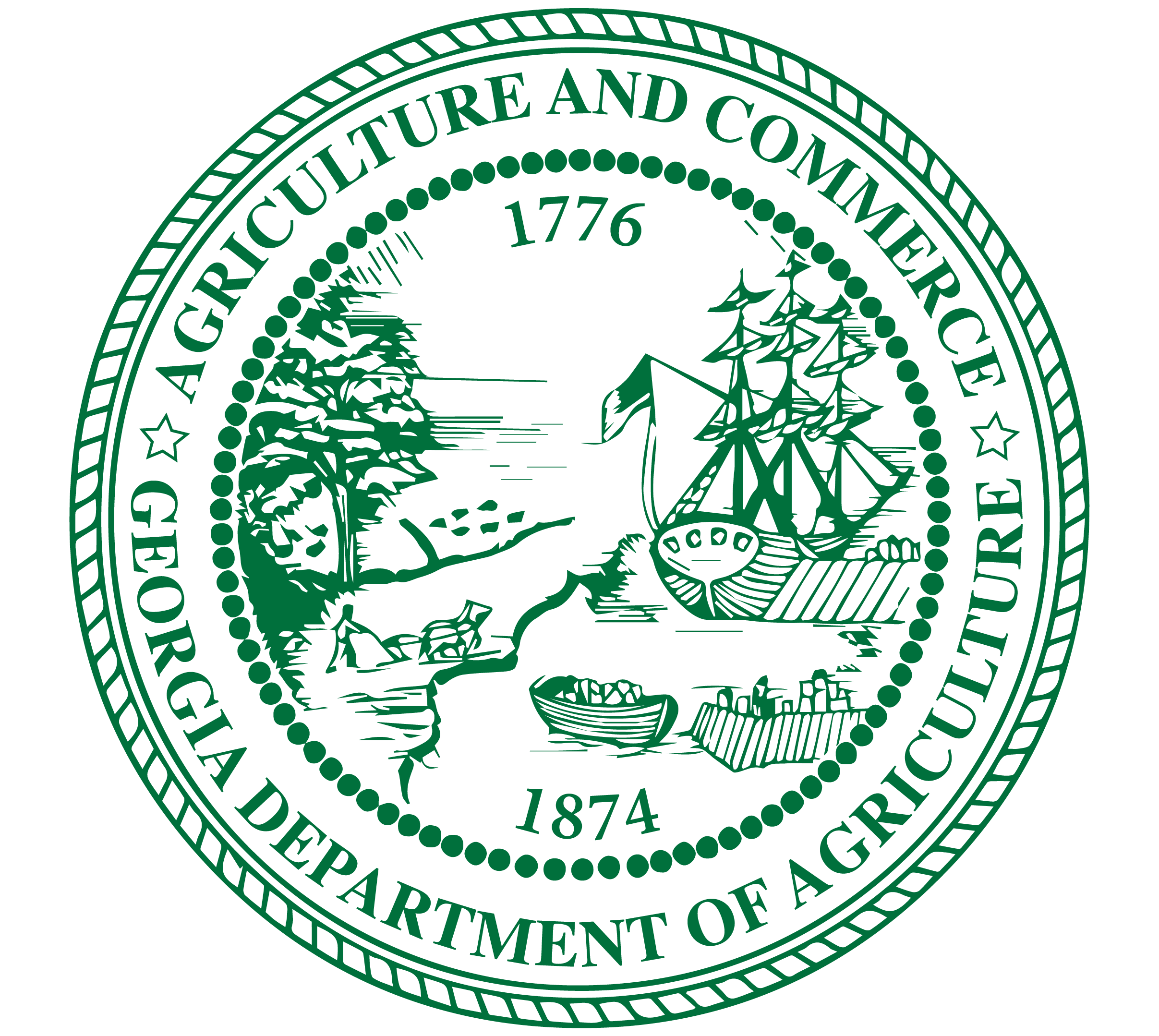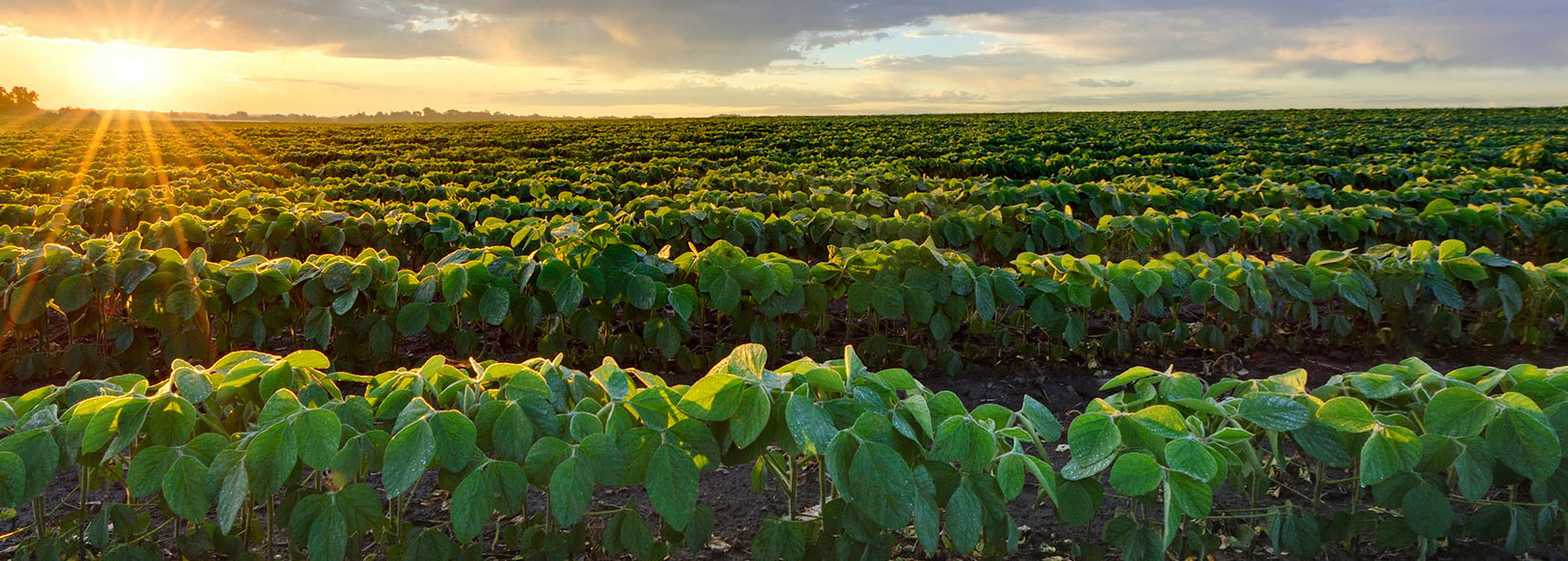Cooling is a critical control point, or a point at which reaching proper temperatures within an appropriate time period can help ensure that a food is safe to eat. Cooks must know the proper temperatures for cooling food, monitor the temperature of food as it cools, and record cooling temperatures.
Food has to go through the temperature danger zone (41 °F–135 °F) during the cooling process. Bacteria grow rapidly in the temperature danger zone, so the times that food can be at that temperature has to be minimized to limit bacterial growth.
Important cooling temperatures and times:
Hot food must be cooled
from 135°F to 70°F within 2 hours; and
from 135° F to 41°F within a total of 6 hours.
Foods at room temperature (70 °F) must be cooled to 41 °F within 4 hours.
- Cool foods to the appropriate temperature within the appropriate time. Select a rapid cooling method to speed the cooling process.
- Place food in shallow containers no more than 4 inches deep and uncovered on the top shelf in the back of a walk-in or reach-in cooler.
- Use a quick-chill unit such as a blast chiller.
- Use the freezer to initiate rapid cooling.
- Place the container of food in an ice water bath and stir.
- Add ice as an ingredient at the end of cooking.
- Separate food into smaller or thinner portions.
- Pre-chill ingredients used for making bulk items such as salads.
- Monitor cooling temperatures.
- Check food temperatures with clean, sanitized, and calibrated thermometer.
- Take the temperature of food during the cooling process frequently enough to allow time for corrective action to be taken.
- Record the temperature and the time the temperature was checked on the cooling temperature log.
- Take corrective actions if the temperature and time requirements are not met.
- Reheat cooked, hot food to 165 °F for 15 seconds and begin the cooling process again using a different cooling method when food is
- Above 70 °F and 2 hours or less into the cooling process.
- Above 41 °F and 6 hours or less into the cooling process.
- Discard cooked, hot food immediately when the food is
- Above 70 °F and more than 2 hours into the cooling process.
- Above 41 °F and more than 6 hours into the cooling process.
- Use a different cooling method for prepared ready-to-eat foods when the food is above 41 °F and less than 4 hours into the cooling process.
- Discard prepared ready-to-eat foods when the food is above 41 °F and more than 4 hours into the cooling process.
- Reheat cooked, hot food to 165 °F for 15 seconds and begin the cooling process again using a different cooling method when food is


